AMERICAN SIGN LANGUAGE AND DEAF CULTURE BLOG
Learn about American Sign Language, Deaf Culture, and more!

Are You Supposed to Mouth Words in ASL? What Deaf People Say
When watching deaf people use sign language, you’ve probably seen them moving their mouths as they sign. Does that mean they are actually ‘speaking’ the words out loud?
No, they aren’t necessarily voicing the words as they sign. So why do they move their mouth as they sign? You might wonder, “Are you supposed to mouth words in ASL?”
There are several reasons for this.
Before we get into these reasons, keep in mind that there are wide variations in how and to what extent deaf people mouth words while signing. In fact, some deaf people do mouth words and others don’t.
It also depends on which language is being used. In this case, mouthing in ASL is not the same as mouthing in English!
Why Some Deaf People Mouth English Words and Some Don’t
Whether or not deaf people mouth words while signing is a matter that has actually been studied by various scientists.
“Scientists have debated whether mouth movements resembling spoken language are part of the sign itself or are connected directly to English” (Association for Psychological Science, 2010). To find answers to this question, there was a study done at the University College London, and the researchers looked at how both deaf and hearing people, all of whom had deaf parents, processed language in their brains using sign language.
The interesting thing that they found was that their mouth movements did not necessarily match the sign at the same time, suggesting that the signers were mentally processing two languages simultaneously (Thompson, Vinson, & Vigliacco, 2009).
One of the best – and most recent – explanations for this appeared in a second edition of a new book about Deaf Culture. It points to the influence of the primary spoken language in which the deaf person was raised: “Deaf people live in communities where English is the language spoken by the majority of the hearing culture, so it’s no wonder that English has influenced ASL. One way is through mouthing when deaf persons silently speak words or when they read the lips of other persons (lipreading)” (Leigh, Andrews, Harris, & Avila, 2022).
For the next section, we have interviewed a few deaf people to get ‘insider’ opinions on the common question of “Are you supposed to mouth words in ASL?”
Are You Supposed to Mouth Words in ASL? Answers from Deaf People
We asked the following questions:
Are you supposed to mouth English words in ASL?
Why do some deaf people mouth and others don’t when using ASL?
The deaf people we interviewed provided us with their opinions:
“Usually not,” says Feta Fernsler, a job coach based in Northern Virginia. He added that whether deaf people mouth words when signing depends on several factors including deaf people’s upbringing, education, and their families – whether their parents and siblings are also deaf or hearing.
Author’s Note: We refer to people who can hear and use spoken language, and thus are not deaf, as “hearing”, “hearing person”, or “hearing people”.
Andre Gray, a Nonprofit Arts Operation Director in Portland, Oregon, agrees: “Not always, but deaf people do it when they are mentally and physically connecting words as they sign them.”
Svetlana Kouznetsova, an Accessibility Strategy Consultant from New York, shares her personal experience: “Some deaf people say that you are not supposed to. It’s hard for me not to mouth words, because ASL is not my first language, but my fifth. I was raised orally speaking and lipreading in two languages. So when I communicate with someone in ASL, it’s easier for me to follow when the other person mouths their words. When they don’t, it takes me more cognitive effort to read ASL signs.”
The level of residual hearing one has, their educational upbringing (i.e. which language was their first and the type of school they attended), and whether a person was born deaf or became deaf later in life, are also factors that determine whether a deaf person chooses to mouth English words in ASL. “Deaf people who were raised oral or are late deafened adults mouth English words more when using ASL,” adds Kouznetsova.
However, Megan Thomas, a Severe Special Needs Paraeducator based in Colorado, says that deaf people should not mouth English words when using ASL. But she also adds that it depends on how they grew up, lending support to the idea that whether a deaf person mouths while signing is highly dependent on their upbringing.
Finally, a Deaf educator at the Illinois School for the Deaf (who wishes to remain anonymous) explains that deaf people are “not technically” supposed to mouth English words when using ASL, because “there are other ASL-based mouth morphemes that carry linguistic information.” As for their reasons for mouthing English words or not, the educator adds that these include “personal preferences, upbringing, specificity or clarity, and habit.”
Mouthing as Part of ASL Syntax
That said, deaf people signing ASL do use ASL mouthing as part of ASL grammar. Let’s use the sign NOT YET as an example.
As you can see, they hang their hand down by their side and wave it. While doing so, the person slightly opens their mouth and allows their tongue to lie on their front teeth, shaking their head. Sometimes they don’t even need to use their hand, as the ASL mouthing it alone does the job.
This is considered ASL grammar. One cannot sign “not yet” without putting their tongue slightly outwards. If you don’t put your tongue out, then the sign “not yet” is ungrammatical, due to the missing ASL grammar on your mouth.
ASL has many forms of mouth movements that do not have spoken language equivalents, but rather convey required grammatical meaning through signed language.
To use another example – let’s look at the sign FINISH.
The signer does mouth while signing FINISH, but they are not actually mouthing the English word as hearing people would pronounce it. They are actually mouthing F-SH (more like “fish” pronounced silently without the vowel). This is the mouthed ASL word, completely separate from the English language.
That said, some deaf people do mouth the English word Fi-nish while signing “finish”, but they are essentially mixing the two languages together – signing ASL while mouthing English. Deaf people who grew up with very few ASL role models often do it this way, while people who grew up signing ASL often don’t.
The Bottom Line on Mouthing Words in ASL
We can conclude that mouthing in ASL is a product of at least three things:
- Conveying required grammatical meaning as part of ASL syntax and grammar such as NOT-YET and FINISH.
- Using codeswitching / language contact techniques to ensure your recipient (who may not fully know or understand ASL) understands your ASL signs because you mouthed some English words.
- Being raised in an English-only home and schooling, deprived of Deaf and signing role models.
In summary, the mouth is a crucial component in American Sign Language that serves a grammatical function and is often responsible for adjectives, adverbs, intensifiers and more.
People who are just starting to learn sign language are encouraged to focus on learning ASL, and to let go of English – to ensure they don’t have bad habits later that are harder to change.
As one becomes more advanced in ASL skills, it’s also important to remember that ASL mouthing is a significant part of ASL grammar and syntax, and that there are right and wrong ways to mouth words while using ASL. This is best learned formally through ASL courses taught by ASL teachers.
